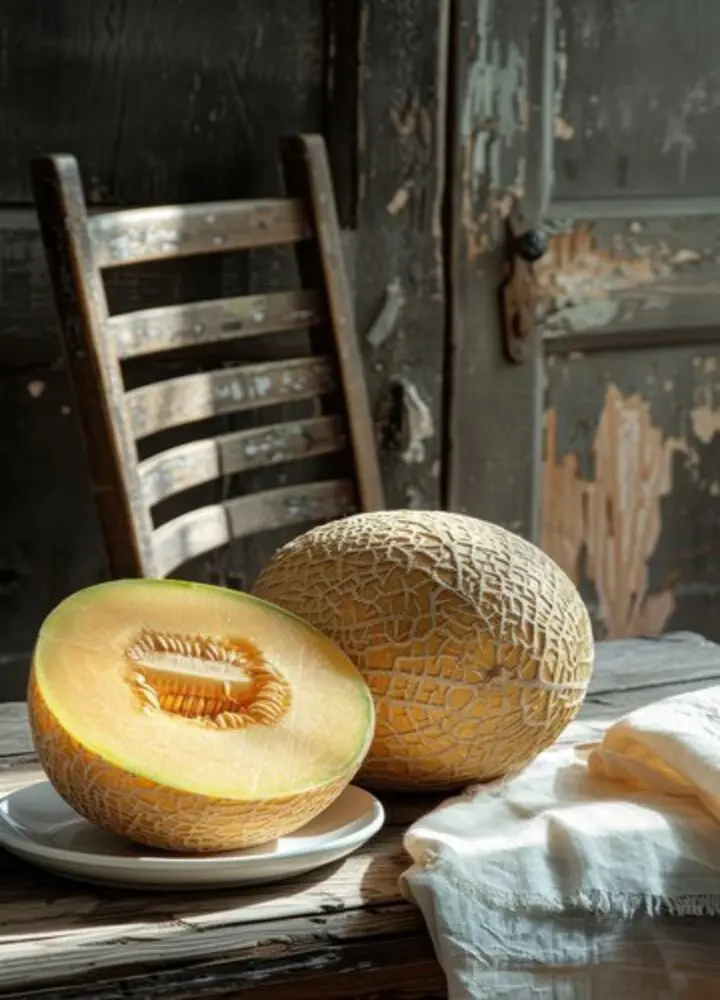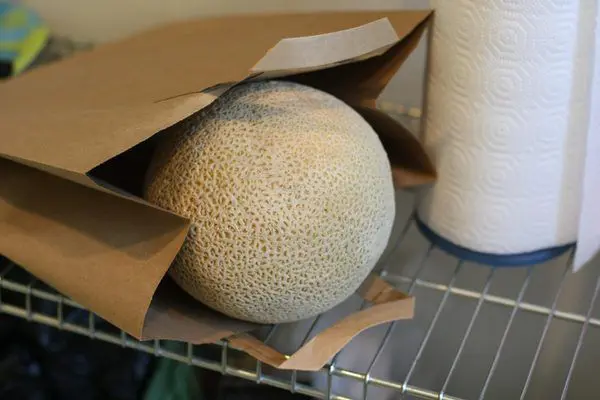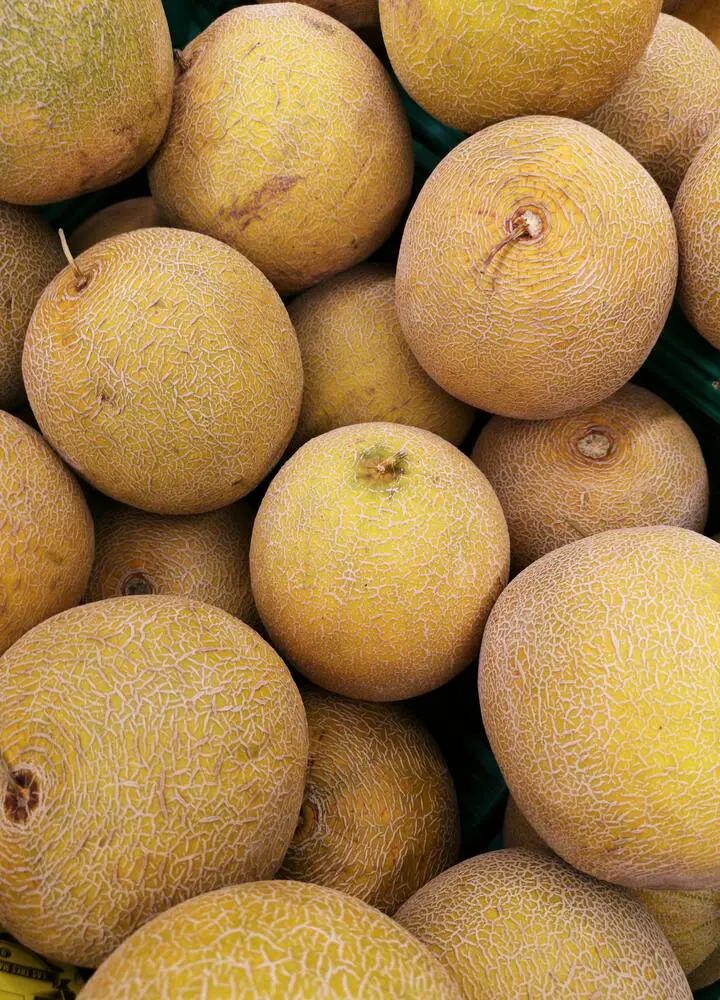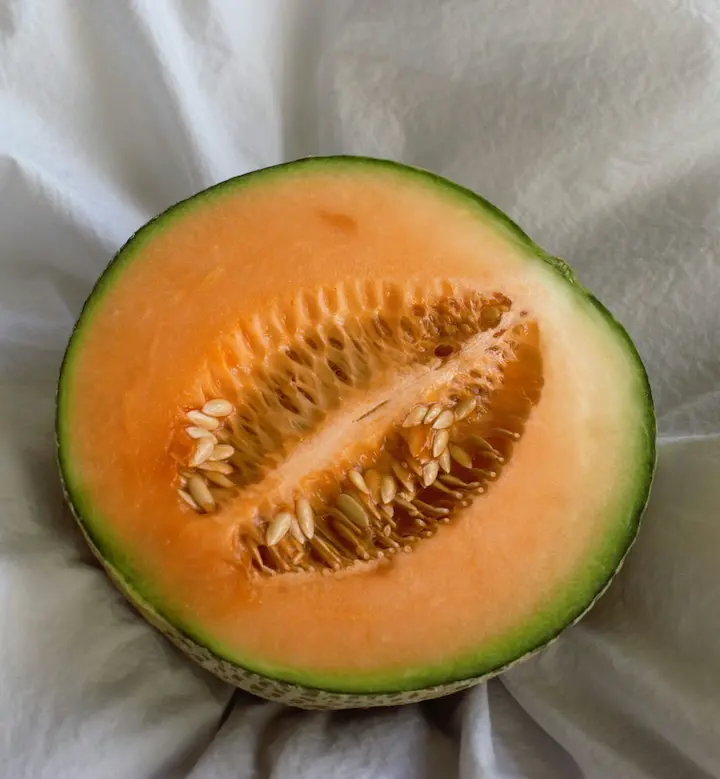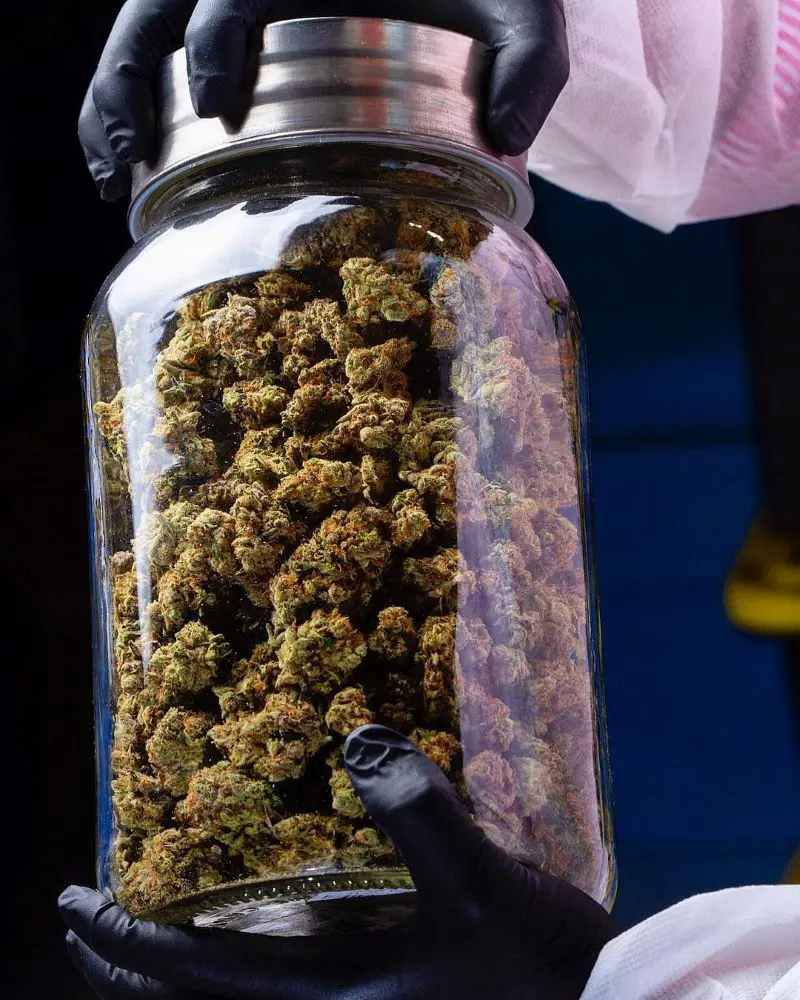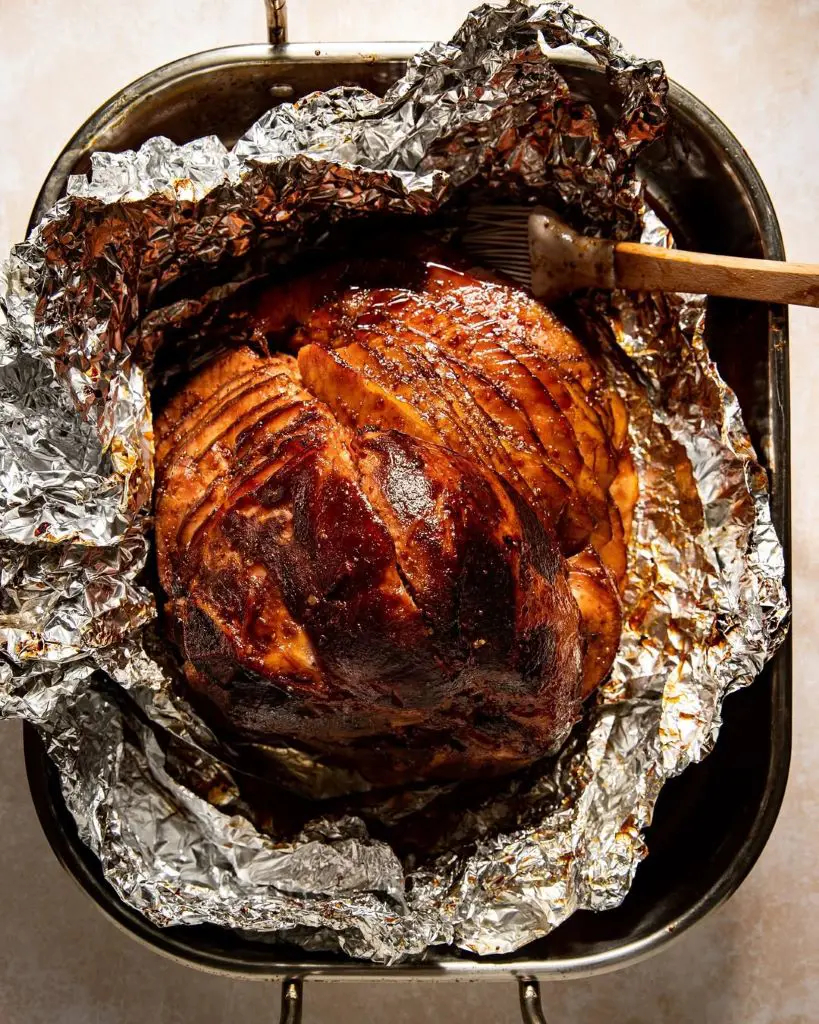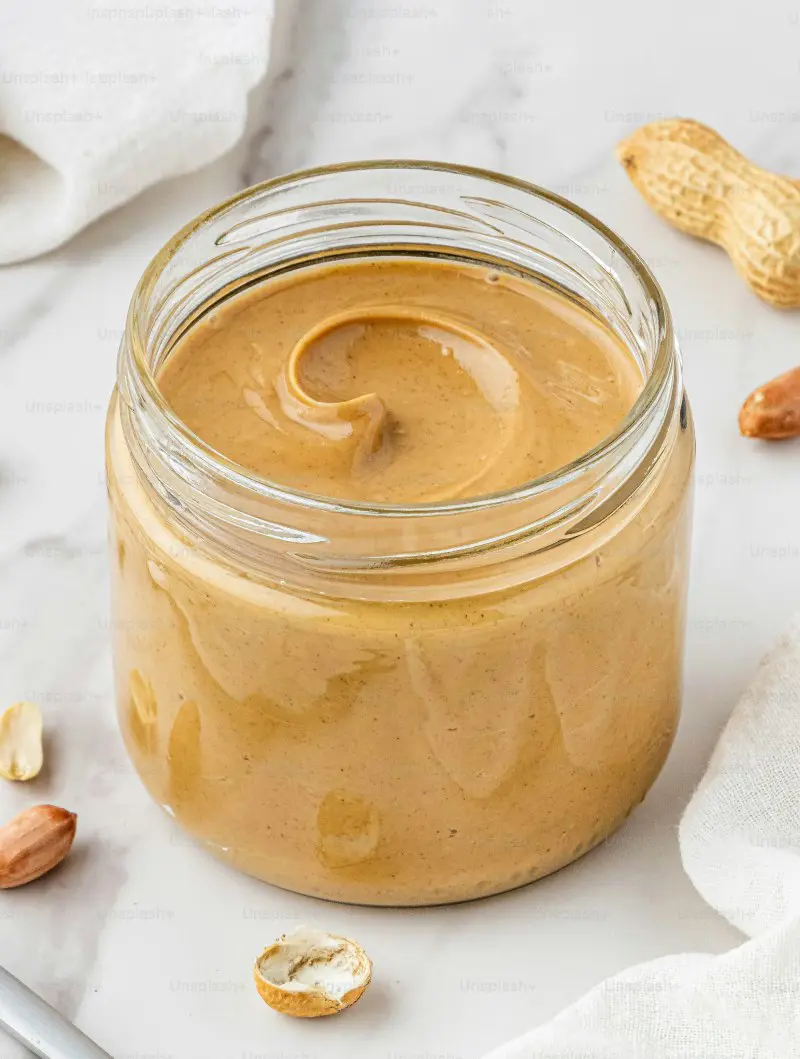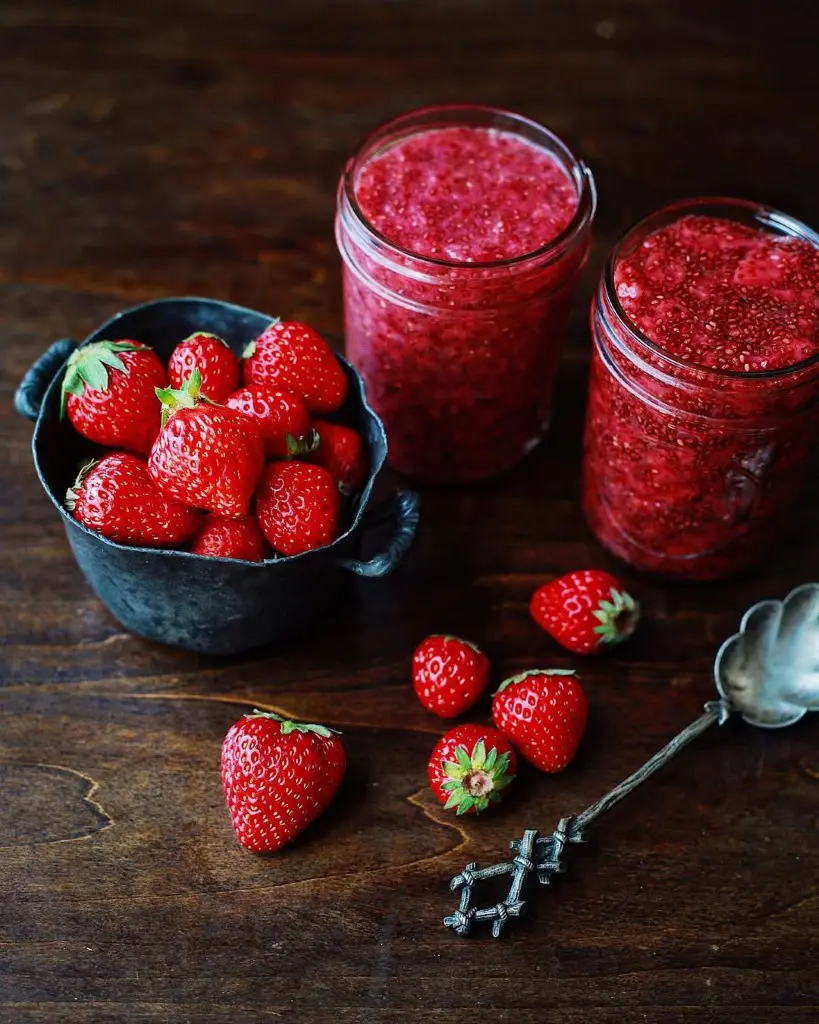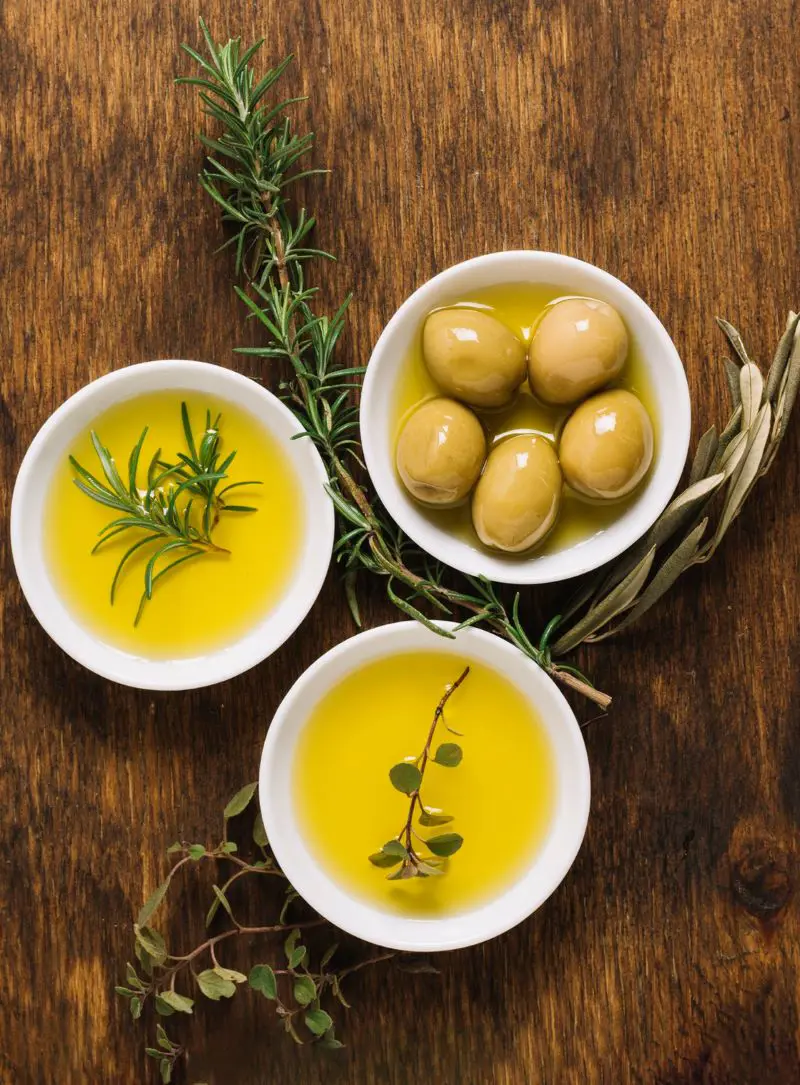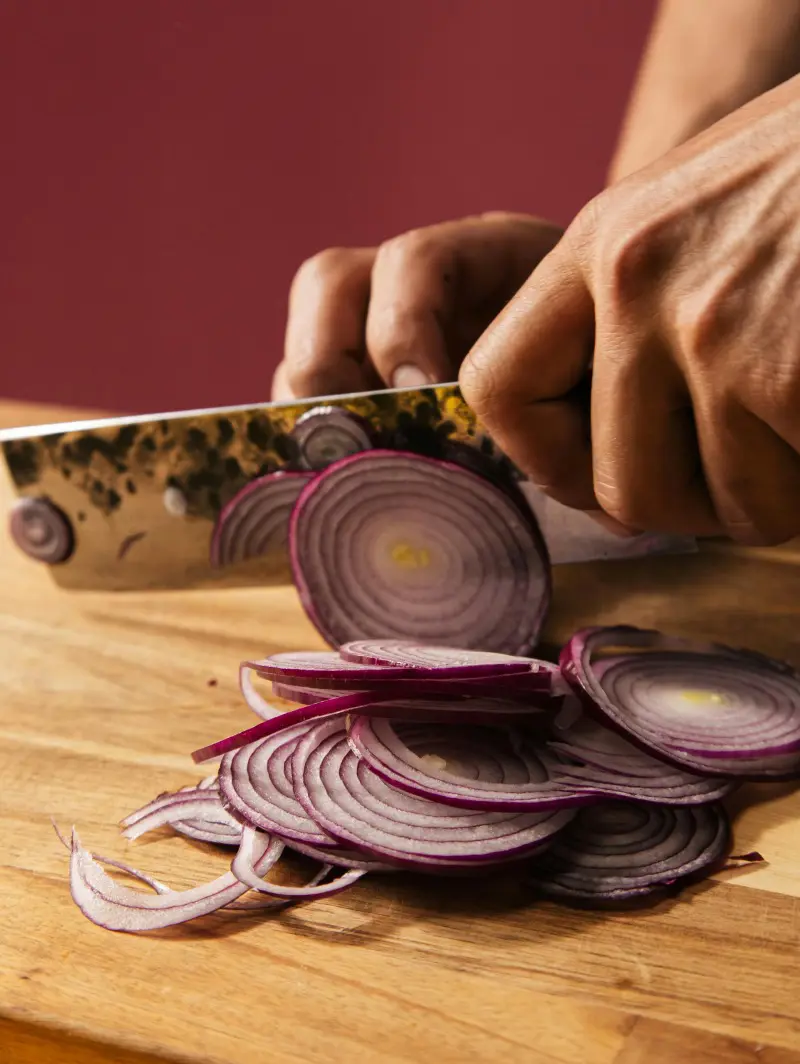How To Choose The Best Cantaloupe
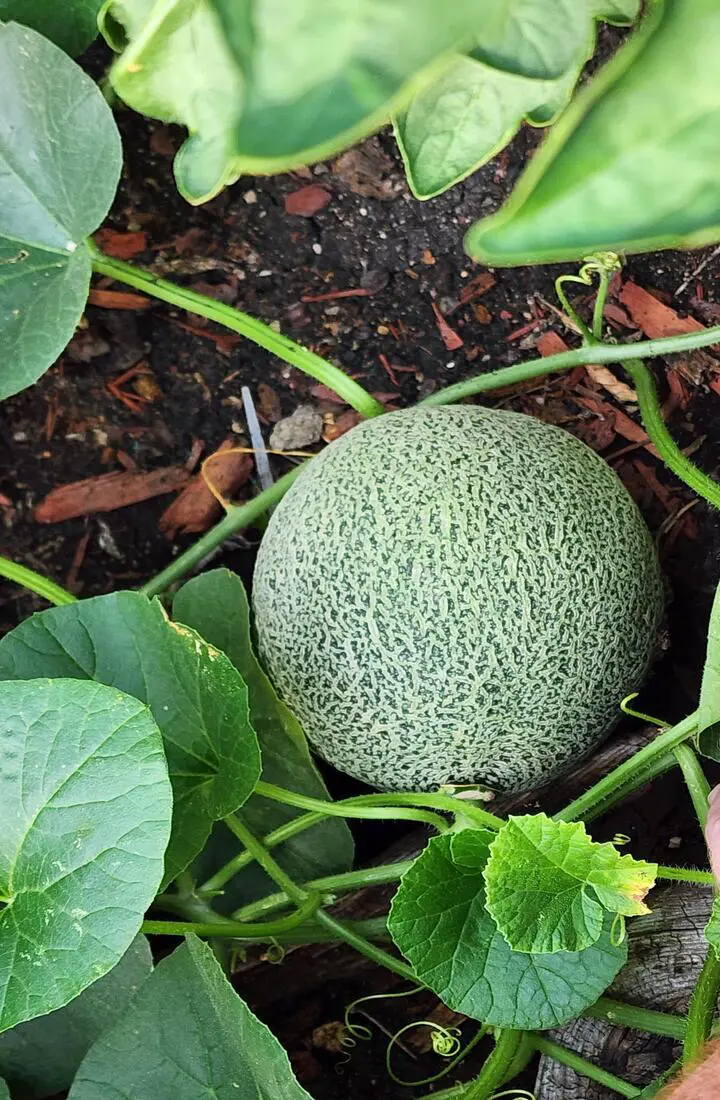
Choosing the right cantaloupe is necessary if you are thinking of ripening them at home. A wrong selection will not provide the best result and will also hamper the health. You can do this in a few simple steps.
First of all, you need to look at the color of the rind. A ripe cantaloupe should have a creamy, beige, or golden hue, so you need to avoid melons with a lot of green, as these are likely under-ripe. Then, you need to examine the netting on the skin. Reports suggest that the more pronounced and raised the netting, the better will be the ripeness.
Another thing that you should consider is feeling the texture of the cantaloupe. Actually, it should possess a slight give when gently pressed, especially at the stem end. If it's too hard, it might need more time to ripen. The stem end should also be slightly indented, as a protruding stem can mean it was harvested too early.
Lastly, you can use your sense of smell as a ripe cantaloupe will have a sweet, musky aroma, particularly around the stem area. If there is little to no scent, the melon might not be ready to ripen yet. After all these steps you have chosen the cantaloupe right, now proceed with the ripening process.
